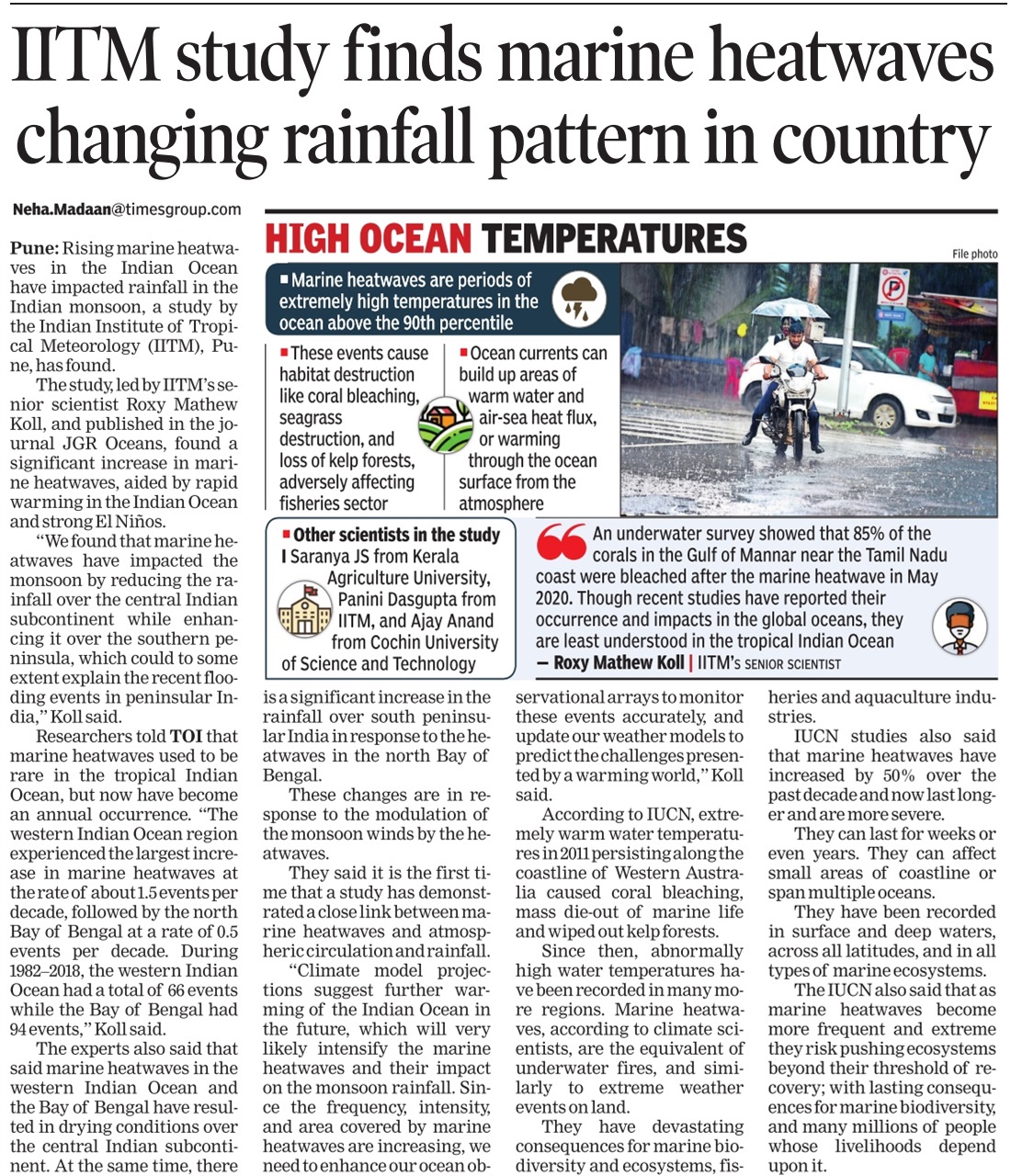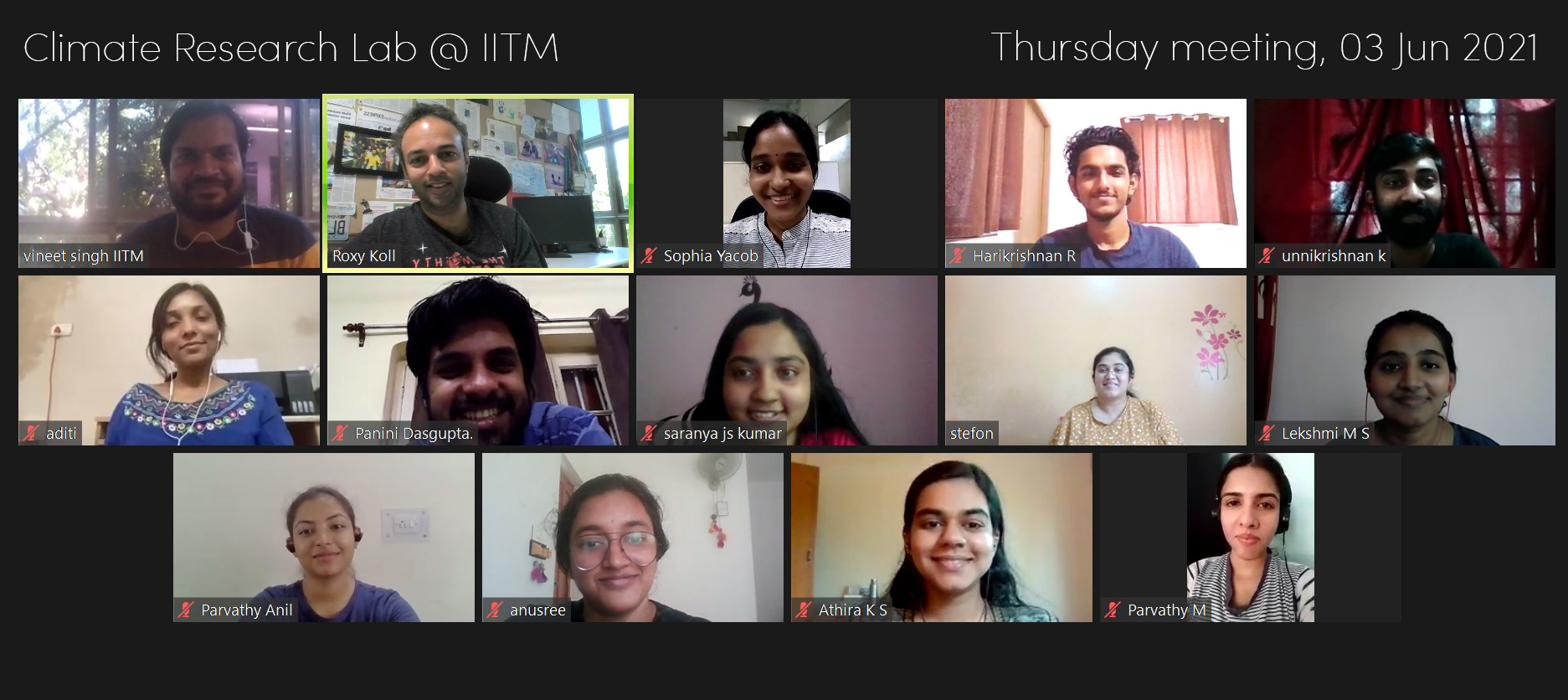Marine heatwaves have increased by up to four-fold in the tropical Indian Ocean, aided by rapid warming in the Indian Ocean and strong El Niños. In the study published in the journal JGR Oceans, we report that these marine heatwaves impact the monsoon by reducing the rainfall over the central Indian subcontinent while enhancing it over the southern peninsula.
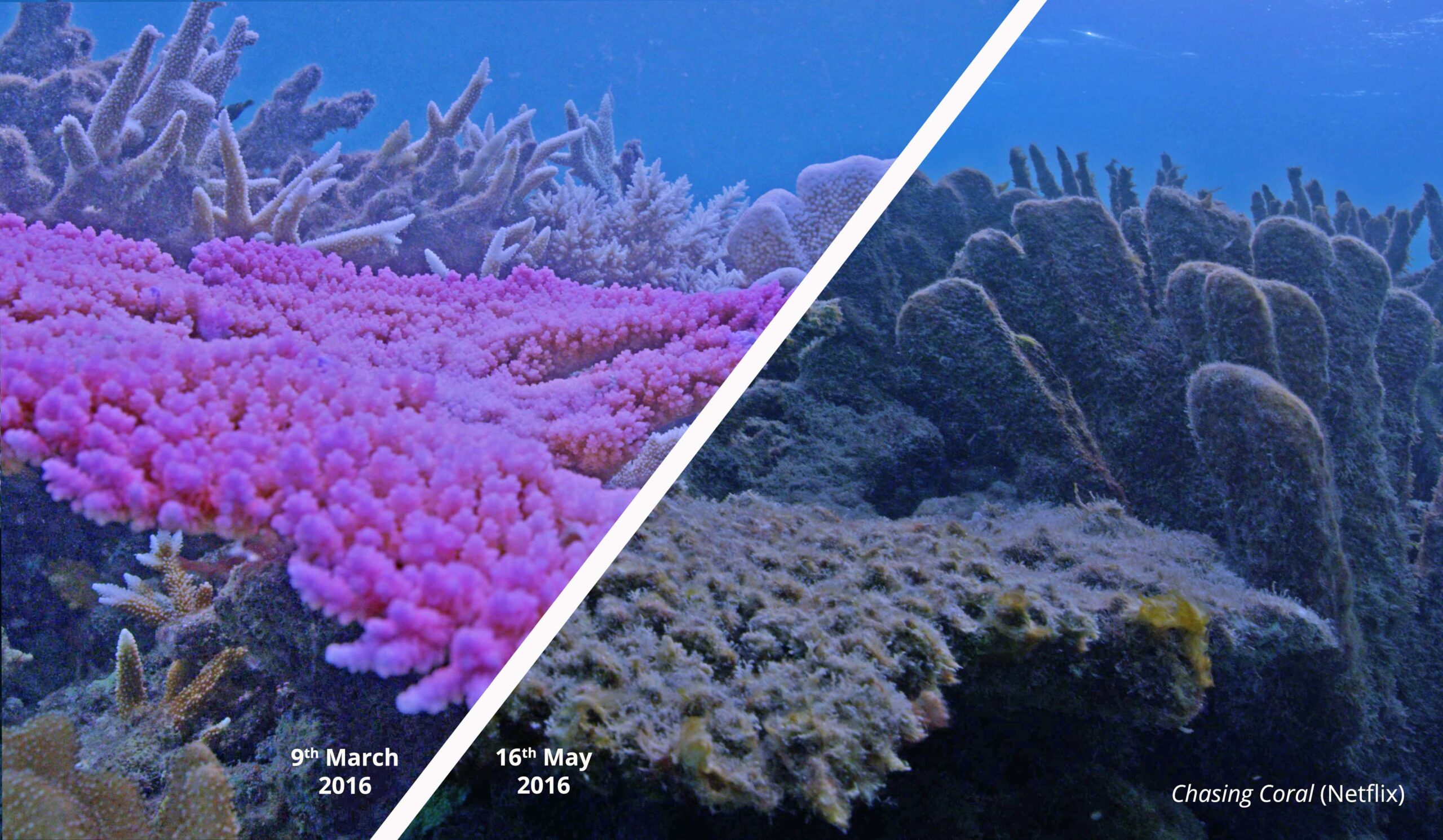
What are marine heatwaves?
Marine heatwaves are periods of extremely high temperatures in the ocean (above the 90th percentile).
These events cause habitat destruction due to coral bleaching, seagrass destruction, and loss of kelp forests, affecting the fisheries sector adversely. An underwater survey showed that 85% of the corals in the Gulf of Mannar near the Tamil Nadu coast got bleached after the marine heatwave in May 2020. Though recent studies have reported their occurrence and impacts in the global oceans, they are least understood in the tropical Indian Ocean.
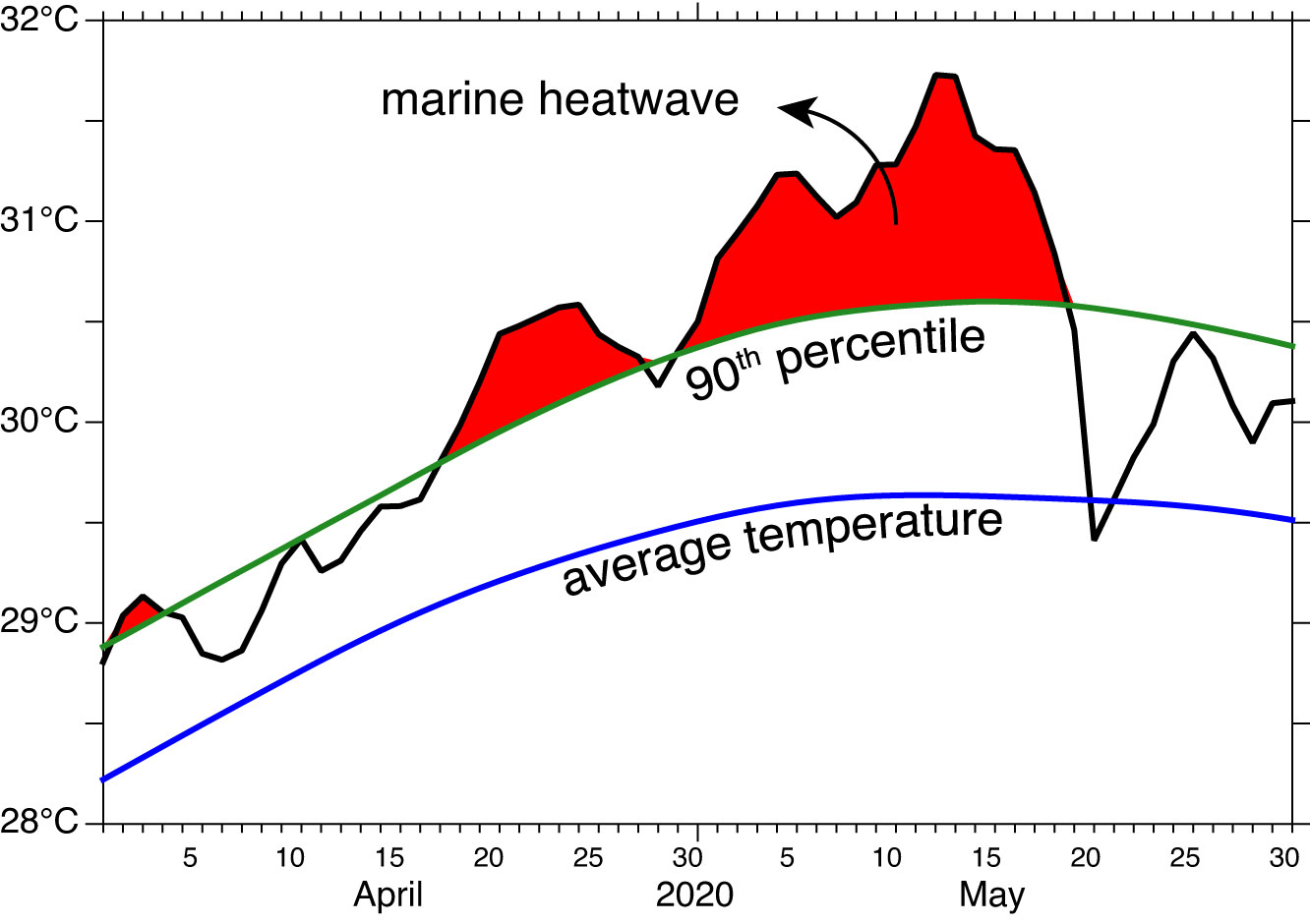
Increase in marine heatwaves in the Indian Ocean, in response to rapid ocean warming
These heatwaves used to be rare in the tropical Indian Ocean, but now they have become an annual affair. The western Indian Ocean region experienced the largest increase in marine heatwaves at a rate of about 1.5 events per decade (four-fold rise), followed by the north Bay of Bengal at a rate of 0.5 events per decade (two-to-three fold rise). During 1982–2018, the western Indian Ocean had a total of 66 events while the Bay of Bengal had 94 events.
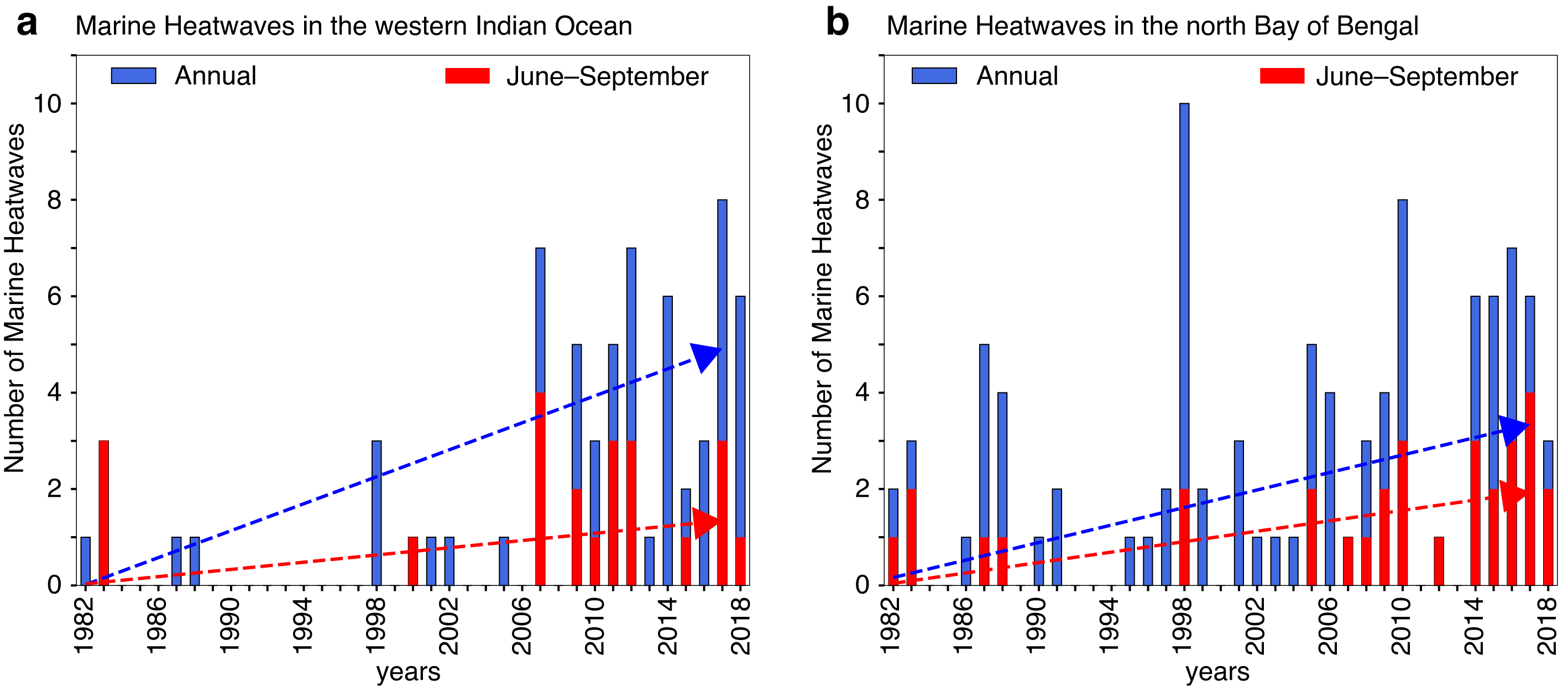
Impact on the monsoon
The marine heatwaves in the western Indian Ocean and the Bay of Bengal are found to result in dry conditions over the central Indian subcontinent. At the same time, there is a significant increase in rainfall over south peninsular India in response to the heatwaves in the north Bay of Bengal. These changes are in response to the modulation of the monsoon winds by the heatwaves. This is the first time that a study has demonstrated a close link between marine heatwaves and atmospheric circulation and rainfall.
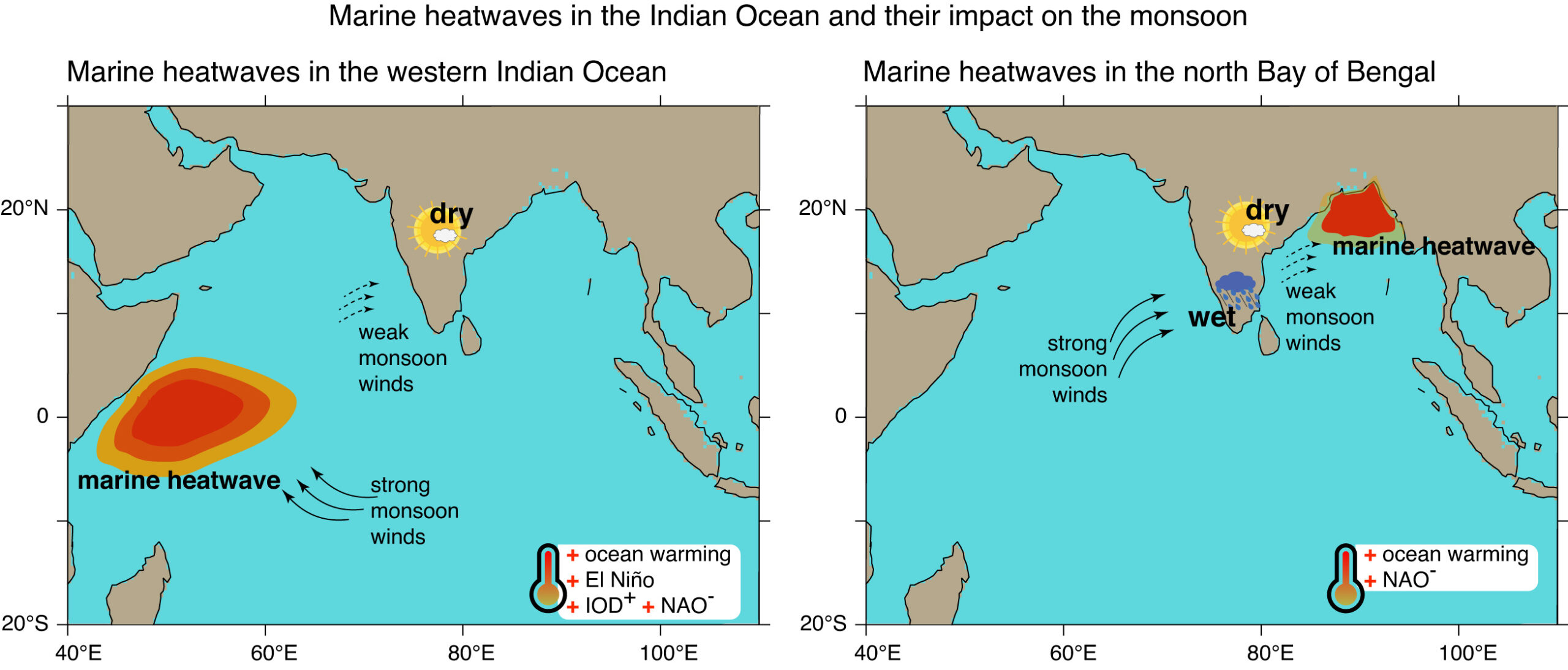
Local dynamics involved in the genesis of marine heatwaves
Other than rapid ocean warming, the co-occurrence of either an El Nino, positive Indian Ocean Dipole (IOD), or the negative North Atlantic Oscillation (NAO) can trigger and intensify the marine heatwaves. The local ocean-atmospheric dynamics through which these marine heatwaves manifest over the Indian Ocean is shown in the figure below.
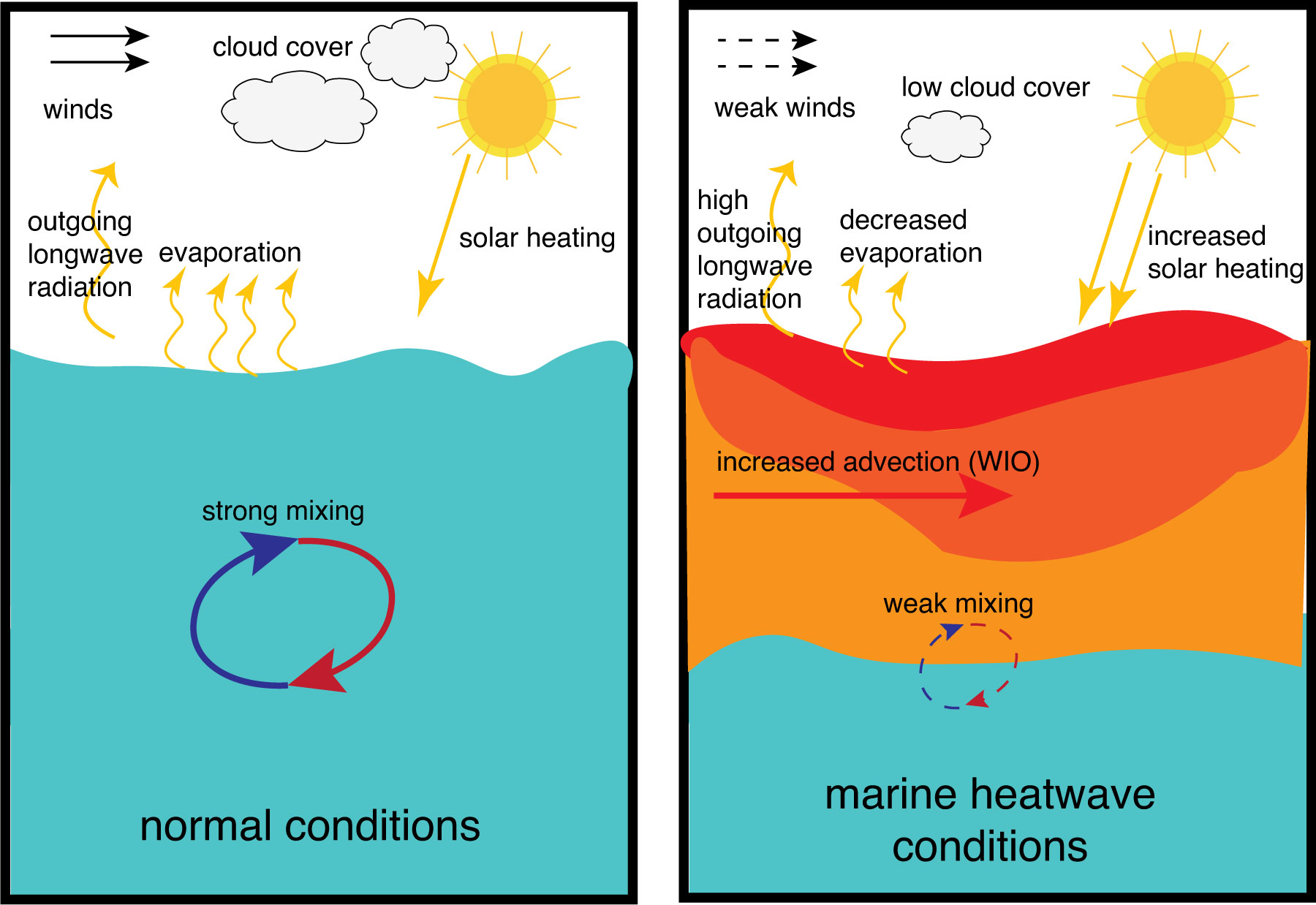
Future challenges
Climate model projections suggest further warming of the Indian Ocean in the future, which will very likely intensify the marine heatwaves and their impact on the monsoon rainfall. Since the frequency, intensity, and area covered by the marine heatwaves are increasing, we need to enhance our ocean observational arrays to monitor these events accurately and update our weather models to skillfully predict the challenges presented by a warming world.
Video
Detailed video coverage of our research on marine heatwaves by DownToEarth, CSE.
Reference: Saranya, J. S., Roxy, M. K., Dasgupta, P., & Anand, A. (2022). Genesis and trends in marine heatwaves over the tropical Indian Ocean and their interaction with the Indian summer monsoon. Journal of Geophysical Research: Oceans, 127, e2021JC017427 [pdf].



